Entry Category: Historic Preservation
Pike County Courthouse
Pike-Fletcher-Terry House
Pine Bluff Commercial Historic District
Pine Bluff Confederate Monument
Pine Bluff National Guard Armory
Pine Bluff Street Historic District
Pine Ridge Community Cemetery
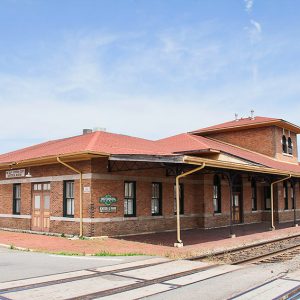 PineBluff/Jefferson County Historical Museum
PineBluff/Jefferson County Historical Museum
 Pioneer Washington's First Meeting
Pioneer Washington's First Meeting
Plantation Agriculture Museum
 Plantation Agriculture Museum
Plantation Agriculture Museum
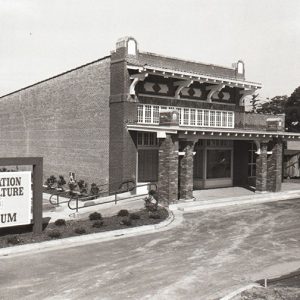 Plantation Agriculture Museum
Plantation Agriculture Museum
 Plantation Agriculture Museum Dedication Speech
Plantation Agriculture Museum Dedication Speech
 Plantation Agriculture Museum Invitation
Plantation Agriculture Museum Invitation
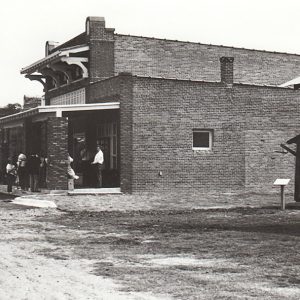 Plantation Agriculture Museum Opening Day
Plantation Agriculture Museum Opening Day
 Plantation Agriculture Museum Press Release
Plantation Agriculture Museum Press Release
 Plantation Agriculture Museum Program
Plantation Agriculture Museum Program
Planters Bank Building
 Pleasant Grove Cemetery
Pleasant Grove Cemetery
Pleasant Hill United Methodist Church (Saline County)
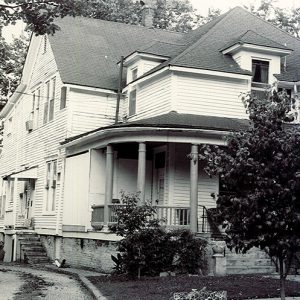 Pleasant Street Historic District
Pleasant Street Historic District
 Pleasant Street Historic District
Pleasant Street Historic District
 Pleasant Street Historic District
Pleasant Street Historic District
Pleasant Street Historic District
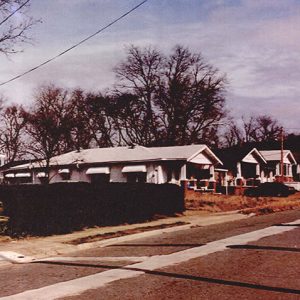 Pleasant Street Homes
Pleasant Street Homes
 Pilot Prairie Cemetery
Pilot Prairie Cemetery
Plum Bayou Log House
 Plum Bayou Mounds Visitors Center
Plum Bayou Mounds Visitors Center
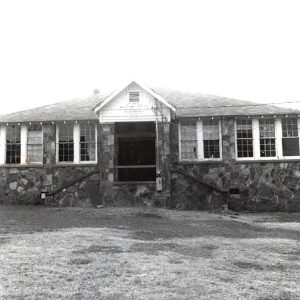 Plumerville School Building
Plumerville School Building
Plumerville School Building
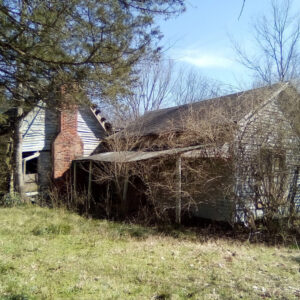 Plummer's Station
Plummer's Station
Pocahontas Commercial Historic District
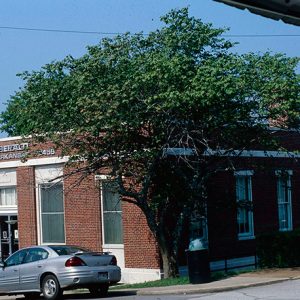 Pocahontas Post Office
Pocahontas Post Office
Pocahontas Post Office (Historic)
 Pocahontas Water Tank
Pocahontas Water Tank
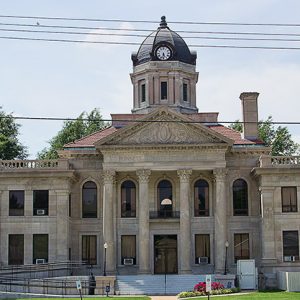 Poinsett County Courthouse
Poinsett County Courthouse
Poinsett County Courthouse
Polk County Courthouse
 Poor Farm Cemetery
Poor Farm Cemetery
 Poor Farm Cemetery
Poor Farm Cemetery
Pope County Historical Association
 Ralph Porter
Ralph Porter
Poteau Work Center
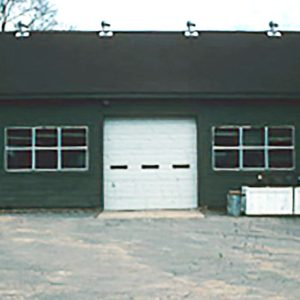 Poteau Work Center
Poteau Work Center
 Potts Inn Museum
Potts Inn Museum
 Potts Inn Sign
Potts Inn Sign
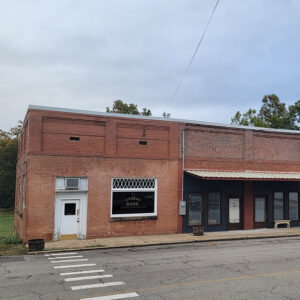 Pottsville Citizens Bank
Pottsville Citizens Bank
Pottsville Citizens Bank
 POW Stone
POW Stone




